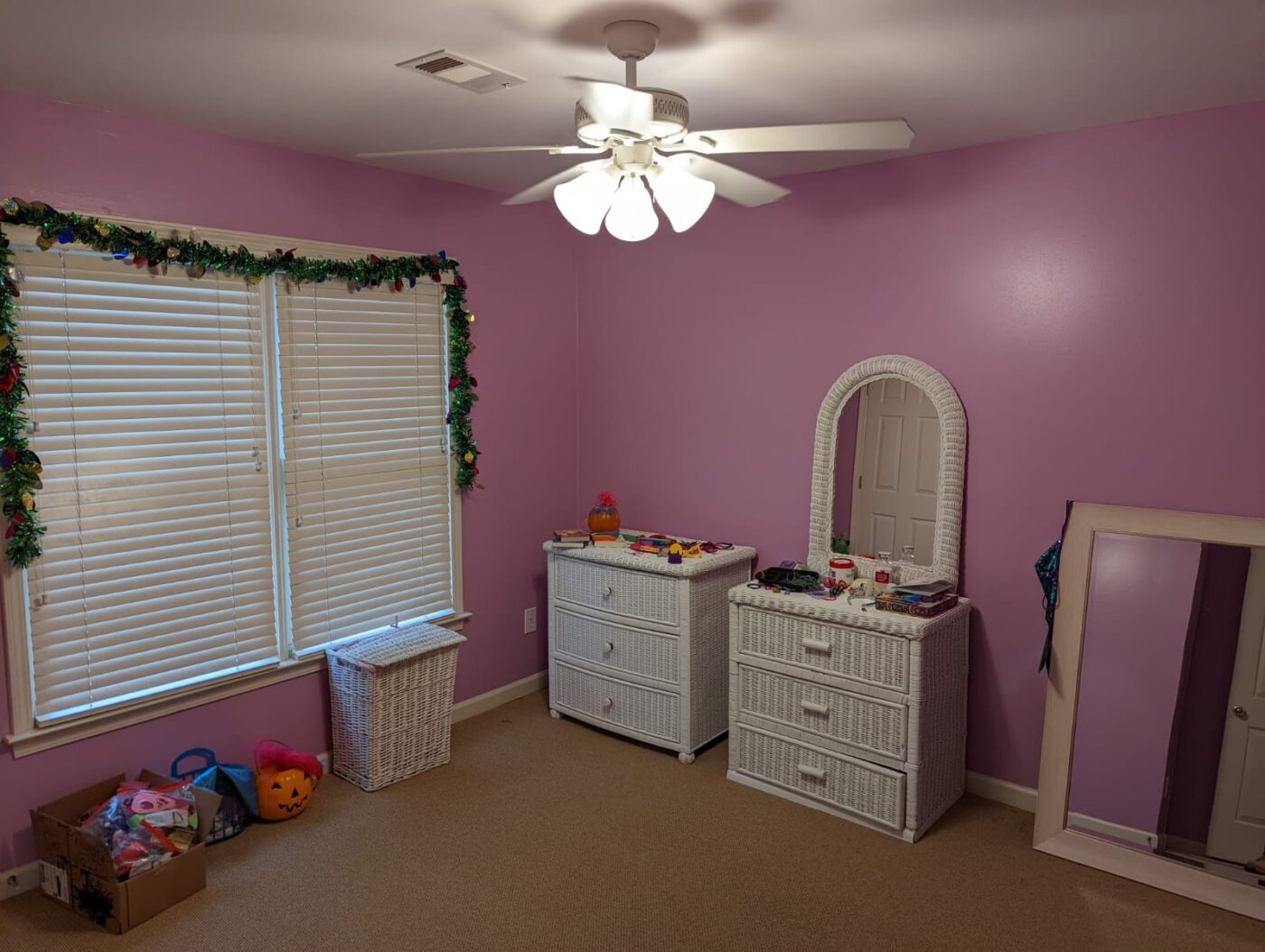In the bustling heart of Atlanta, where each home tells a story of architectural diversity and cultural richness, the transformative power of interior painting stands as a testament to the city’s ever-evolving aesthetic. As the owner of a small residential painting company in Atlanta, I’ve witnessed firsthand how a fresh coat of paint can breathe new life into a space, altering perceptions and enhancing moods. This guide is designed to walk you through the essentials of interior painting, offering insights and tips to elevate your home’s interior with the stroke of a brush.
The Impact of Color
Color is not just a visual component; it’s an emotional one. The colors you choose for your interior can significantly affect how a room feels and functions. For instance, soft blues and greens evoke a sense of tranquility, making them perfect for bedrooms or bathrooms, where relaxation is key. Vibrant colors like yellow or orange can inject energy into a kitchen or dining area, fostering a welcoming atmosphere for gathering and conversation.
When selecting colors, consider the room’s orientation, natural light, and the mood you wish to create. Lighter colors can make small rooms feel larger and more airy, while darker hues can add depth and sophistication to larger spaces. Don’t shy away from using bold colors; even one accent wall can transform a room’s dynamics without overwhelming it.
Quality Matters
The quality of paint and materials directly influences the outcome of your project. High-quality paints offer superior coverage, richer colors, and longer-lasting finishes. They are also more resistant to fading, chipping, and environmental factors. Investing in quality brushes and rollers is equally important, as they ensure a smooth application and finish.
For Atlanta homes, it’s crucial to choose paints that can withstand the city’s humid climate. Opt for mildew-resistant paints in bathrooms and kitchens, and consider low-VOC (volatile organic compounds) options to maintain indoor air quality.
Preparation is Key
A successful paint job begins long before the first coat is applied. Proper preparation is essential to achieving a professional-looking finish. Start by removing furniture or covering it with drop cloths to protect from splatters. Clean walls thoroughly to remove dust, dirt, and grease. Patch any holes or cracks, and sand the surfaces lightly to ensure smooth paint application.
Don’t overlook the importance of priming, especially when painting over dark colors or on new drywall. Primer provides a uniform surface for the paint to adhere to, resulting in a more even and durable finish.
Technique and Tools
The technique can make or break your painting project. Always start from the top (ceilings) and work your way down to avoid drips and streaks. Use painters’ tape to protect trim, windows, and door frames, and cut in the edges with a brush before rolling the larger surfaces. For a seamless finish, maintain a wet edge by overlapping slightly with each stroke.
The right tools can significantly enhance the painting process. Rollers are ideal for covering large, flat areas quickly, while brushes are better for detail work and edges. Consider the roller’s nap (the length of its fibers) based on your wall texture: shorter naps for smooth walls and longer naps for textured surfaces.
The Finishing Touch
Once the painting is complete, allow ample time for the paint to dry before removing tape and replacing furniture. Take a step back and admire your work—the transformation can be truly remarkable.
For any further questions, comments, or advice – please reach out to us anytime by clicking here or calling us anytime (770) 599-2297

